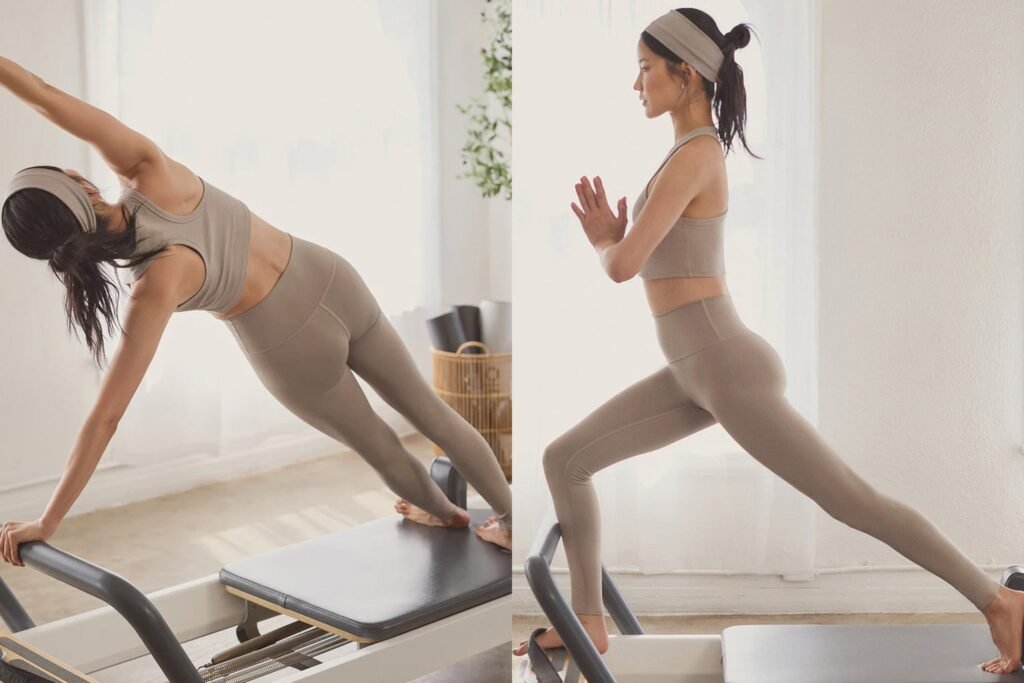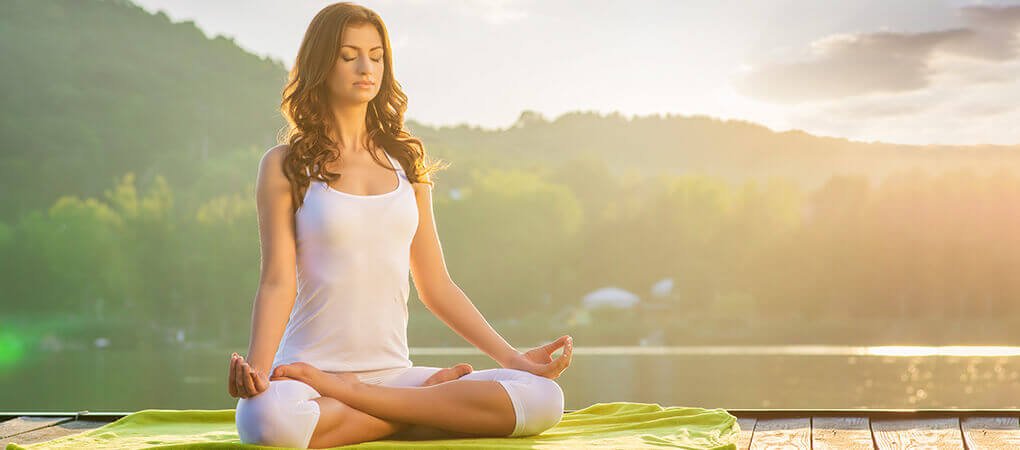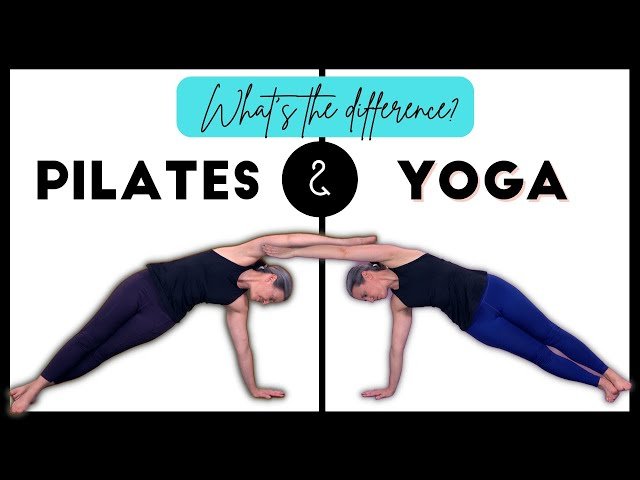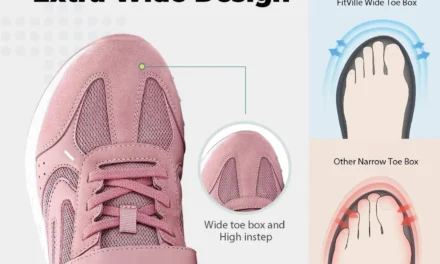Introduction to pilates vs yoga:
Plates vs Yoga:Both offer unique benefits—Plates builds strength, while Yoga enhances flexibility and mindfulness.
Both Pilates and yoga are popular forms of exercise that emphasize the mind-body connection, yet they differ in their approach and focus. Yoga, with roots in ancient India, integrates physical postures, breath work, and meditation to enhance flexibility, strength, and mental peace. It has a spiritual element that aims to bring balance to the body, mind, and spirit.
On the other hand, Pilates, created by Joseph Pilates in the early 20th century, is more centered on physical fitness. It focuses on strengthening the core, improving posture, and increasing overall body strength through controlled movements and precise exercises. While Pilates can help with flexibility, it places a stronger emphasis on physical conditioning, with minimal focus on meditation or spirituality.
Both practices offer unique benefits and can complement each other, depending on an individual’s fitness goals.
When it comes to fitness, both Pilates and yoga offer unique benefits, but choosing the right one depends on your goals.

Pilates:
Pilates is a low-impact exercise system developed by Joseph Pilates in the early 20th century. It focuses on building core strength, improving posture, and enhancing flexibility through controlled movements. Unlike yoga, Pilates often incorporates specialized equipment like reformers and resistance bands.
Benefits of Pilates:
- Strengthens the core and stabilizing muscles
- Improves posture and spinal alignment
- Enhances flexibility without over stretching
- Aids in injury recovery and rehabilitation
- Provides a full-body workout with a focus on control.

Yoga:
Yoga is a timeless practice that integrates physical postures, breath control, and meditation to enhance overall well-being.It has numerous styles, from the gentle Hatha yoga to the intense Ashtanga or hot yoga. Unlike Pilates, yoga emphasizes mindfulness and inner balance.
Benefits of Yoga:
- Enhances flexibility and mobility
- Reduces stress and anxiety through breathwork
- Strengthens muscles using body weight
- Improves balance and coordination
- Encourages mental clarity and relaxation
Workout Pilates:A Strengthening and Toning Routine
Pilates is a low-impact workout that focuses on core strength, flexibility, and overall body control. Whether you’re a beginner or advanced, a Pilates workout can help improve posture, muscle tone, and endurance.
Warm-up (5 minutes)
- 1.Pelvic Tilts – Lie on your back, bend your knees, and tilt your pelvis up and down to activate the core. (10 reps)
- 2.Shoulder Rolls – Sit or stand and roll your shoulders forward and backward to release tension. (5 reps each direction)
Core Strengthening (10 minutes)
- 1.The Hundred – Lie on your back, lift your legs to tabletop position, and pump your arms up and down while engaging your core. (100 counts)
- 2.Single-Leg Stretch – Lie on your back, lift your head and shoulders, and alternate pulling one knee to your chest while extending the other leg. (10 reps per leg)
- 3.Roll-Up – Sit with legs extended, roll down to the mat one vertebra at a time, then slowly roll back up. (10 reps)
Lower Body Focus (10 minutes)
- 1.Bridges – Lie on your back, lift your hips off the ground, and squeeze your glutes. (15 reps)
- 2.Leg Circles – Lie on your back, extend one leg up, and make small circles in both directions. (5 reps per direction, each leg)
- 3.Side Leg Lifts – Lie on your side and lift your top leg while keeping your core engaged. (15 reps per leg)
Upper Body & Flexibility (10 minutes)
- 1.Plank to Push-up – Hold a plank position and lower into a controlled push-up. (10 reps)
- 2.Swimming – Lie on your stomach, lift your arms and legs slightly, and flutter them in a swimming motion. (20 seconds)
- 3.Child’s Pose & Spinal Twist – Cool down with deep stretching for flexibility and relaxation.
Pilates vs Yoga:
If you want a workout focused on core strength, muscle toning, and controlled movements, Pilates might be the best option. On the other hand, if you’re looking for a holistic approach that includes flexibility, mindfulness, and relaxation, yoga is the way to go.Many fitness enthusiasts incorporate both into their routines to achieve a well-rounded approach to health. Whether you prefer Pilates, yoga, or a combination of both, consistency is key to achieving your fitness goals.
Difference Between Pilates and Yoga
Pilates and yoga are both low-impact exercises that improve flexibility, strength, and mental well-being. However, they differ in their focus, techniques, and benefits.
| feature | pilates | yoga |
| Origin | Created by joseph pilates in the early 20th century. | Ancient practice from India dating back over 5000 years. |
| Focus | Core strength,muscles control,& posture alignment. | Flexibility, balance, and mental relaxation. |
| Breathing | Used controlled, specific breathing techniques with movements. | Emphasize deep,mindful breathing (pranayama) for relaxation . |
| Movements | Repetitive controlled movements targeting muscle groups. | Static and dynamic poses (asanas) with fluid transition. |
| Equipment | Often uses reformers, resistance bands,and mats, | Usually require only a yoga mats. |
| Mind-Body Connection | Focuses on physical strength and alignment with some mental benefits. | Stronger emphasis on meditation , mindfulness and spiritual growth. |
| Beat For | Strengthening core muscles improving posture,and rehabilitation. | Enhancing flexibility , reducing stress and promoting relaxation. |
| Workout Style | More structured and fitness-based. | More holistic incorporating mental and spiritual aspects. |
Which One Should You Choose?
- Choose Pilates if you want to strengthen your core, improve muscle tone, and focus on controlled movements.
- Choose Yoga if you seek flexibility, relaxation, and a deeper mind-body connection.
- Many people benefit from combining both for a balanced approach to fitness and well-being.
Q1: What is Pilates?
A: Pilates is a low-impact exercise method that focuses on core strength, flexibility, and body control through controlled movements and breathing techniques.
Q2: How is Pilates different from yoga?
A: Pilates emphasizes core strength, muscle toning, and precise movements, while yoga focuses more on flexibility, balance, and mindfulness through breathwork and meditation.
Q3: Can Pilates help with weight loss?
A: Yes, Pilates can aid in weight loss by building lean muscle, improving metabolism, and enhancing overall body tone, especially when combined with a healthy diet and cardio exercises.
Q4: Is Pilates suitable for beginners?
A: Absolutely! Pilates has modifications for all fitness levels, making it accessible for beginners while still offering challenges for advanced practitioners.
Q5: How often should I do Pilates?
A: For best results, practicing Pilates 3 to 4 times a week can improve strength, flexibility, and posture over time.
Q6: Do I need equipment for Pilates?
A: No, you can do mat Pilates using just your body weight. However, equipment like reformers, resistance bands, or small weights can enhance the workout.
Q7: Can Pilates help with back pain?
A: Yes, Pilates strengthens the core and improves spinal alignment, which can help relieve and prevent back pain.
Q8: Is Pilates effective for toning the body?
A: Yes, Pilates targets various muscle groups with controlled movements, helping to tone and sculpt the body without adding bulk.
Q9: Can Pilates be done at home?
A: Yes, many Pilates exercises require minimal space and can be done at home with a mat and some online guidance.
Q10: Who should avoid Pilates?
A: While Pilates is generally safe, individuals with severe injuries, certain medical conditions, or those recovering from surgery should consult a doctor before starting
Conclusion
Both Pilates and yoga offer incredible benefits, but the right choice depends on your fitness goals. If core strength, muscle toning, and controlled movement appeal to you, Pilates is a great option. If you seek flexibility, stress relief, and a mind-body connection, yoga may be the better choice. Ultimately, combining both can provide a balanced approach to physical and mental well-being. Whatever you choose, consistency and dedication will help you achieve the best results.
you must watch👀 this article 👇👇👇





